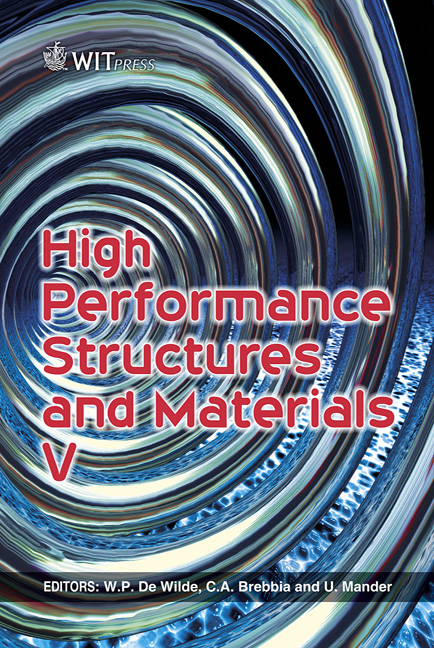Long Lasting Time Outdoor Atmospheric Corrosion Tests
Price
Free (open access)
Transaction
Volume
112
Pages
11
Page Range
509 - 519
Published
2010
Size
763 kb
Paper DOI
10.2495/HPSM100471
Copyright
WIT Press
Author(s)
M. Leiro & E. S. Ayllón
Abstract
Since its introduction in 1933, the concept of patinas as a corrosion controlling mechanism has been playing an important role in many structural applications. The analysis of the initial stages of the corrosive attack showed that this phenomenon, which was considered uniform at first, is actually a moderate one being the non-metallic inclusions in structural steels, the preferred points of attack. Long-lasting tests were carried out in the urban site of Villa Martelli- Argentina outdoor tests station. Specimens were obtained from a hot-rolled structural steel sample of 3.5 mm thickness, 45 mm wide and 300 mm long. The outdoor tests were carried out over 35 years. The results were obtained by optical microscopy, electron scanning, and electron probe microanalysis showing that the addition of microalloyed elements modifies steel behaviour. This modification means a steel increase resistance towards atmospheric corrosion. 1 Introduction The term ‘weathering steels’ describes a class of low-alloy structural steels that develop an adherent protective rust layer, called patina, during exposure to the atmosphere As a result of this, weathering steels, unlike ordinary plain carbon steels, do not require painting, which means important advantages: avoiding associated costs of initial painting, periodic repainting, containment and disposal of blasting debris during repainting.
Keywords





